Visit this captivating yet mystifying kingdom. From the breathtaking realm of the gods at the mother of all temples, Angkor Wat, spectacular fusion of symbolism, symmetry and spirituality to the natural magnificence of Tonle Sap Lake, one of the world’s largest freshwater lakes, a fascinating and rewarding place to visit. A glimpse of Tuol Svay Museum educates tourists some lessons from Cambodia’s bitter sweet yet inspiring antiquity. Welcome to Cambodia, a resilient country on earth filled with legendary awe-inspiring and disheartening history where its future is awaiting to be molded.
Angkor Wat
Built to honor the Hindu god Vishnu, is the world’s largest religious building and took some 50,000 artisans, workers and slaves, and nearly 40 years, to complete.
Virtually every surface in the maze of chambers and courtyards is richly decorated with low-relief scenes of legends, wars and everyday life, enhanced by carvings of nearly 2,000 apsaras, or celestial dancers. The amazing structure as a whole is best viewed in soft light. Because of the sheer scale of this destination it’s recommended to hire a guide in Siem Reap over a few days in order to get the best out of it.
Phnom Penh Royal Palace and Silver Pagoda
Built in 1866, the site contains various buildings of interest, including the Khmer-style Throne Hall, now used for special ceremonial occasions. South of the Throne Hall are the Royal Treasury and the Villa of Napoleon III, built in Egypt in 1866, for the opening of the Suez Canal, and was later presented to the Cambodian king as a gift. The famous Silver Pagoda, originally constructed of wood in 1866, was expanded in 1962 by King Sihanouk who had the floor inlaid with 5,329 solid silver tiles, hence its name. The most revered image is the Emerald Buddha, made of Baccarat crystal and dating back to the 17th century. Behind it, another Buddha statue was cast in 1906, utilizing 90 kg of gold, and decorated with 9,584 diamonds.
The Bayon
At the centre of Angkor Thom (literally ‘Great City’), which forms the heart of the Angkor complex as it is today. This inner city is surrounded by a moat, and approached at the four cardinal points via huge stone gates and causeways flanked by statues of gods and giants. The Bayon forms a three-tiered pyramid with 54 towers, each dominated by over 200 huge, four-metre high, mysterious faces facing out to the north, south, east and west. Each mystically serene countenance, with closed eyelids and faint smile, represents a Bodhisattaya (fully enlightened being) who delays entry into Nirvana to aid the spiritual development of others.
Ta Phrom
If Angkor Wat and the city of Angkor Thom are best known for grandeur and majesty, then to the east, the temple and monastery of Ta Promh wins hands down for sheer dramatic effect. Unlike most other monuments, Ta Promh has been left the way it was originally found. The ancient structure is thus still gripped by massive fig and silk cotton trees (‘spongs’) giving visitors the unique feeling of discovering this archeological treasure for the first time. Most people will be familiar with this exotic structure through the movie and game ‘Tomb Raider’ although many do not realise that it is in fact an existing structure.
The Tonlé Sap Lake
The largest freshwater lake in Southeast Asia. During the monsoon season between June and October the Tonlé Sap River reverses its flow and runs in the opposite direction, filling the Tonlé Sap Lake, making it the only river in the world that flows in both directions. Trips out to the lake are best in rainy season because the mangrove swamps are dried up at other times. The birds at the bird sanctuary are best viewed from December to April. The Tonlé Sap basin is lush and green when the water recedes in the dry season, but the water is so low that getting around on the lake, which falls to a third of its rainy-season size, is quite difficult.
Tuol Sleng Museum and Choeng Ek Memorial
Originally built as a secondary school named Tuol Svay Prey High School in 1960, during the reign of Preah Batnorodom Sihanouk. The Khmer Rouge converted this into a torture and interrogation centre to extract ‘confessions’ of anti-government sentiment. This is shocking testimony of the extent that man’s humanity to man can extend.
Many victims were women and children incarcerated along with the ‘suspected’ father. Documents recovered indicate that over 17,000 persons had been imprisoned there between1975 and 1978, only seven of whom are known to have survived.
Bamboo Island
A few days on Bamboo Island, off Sihanoukville’s coast, comes highly recommended. The boat ride takes about half an hour and once there you will find that only about 30 people live on the island. On its north-facing crescent beach Bamboo Island has three bungalow resorts, two restaurants and two bars and is very, very laid back.
Unlike on the mainland, there are no hawkers and the bungalows are right on the beach itself. There are a few daytrippers but come nightfall the island is practically deserted. Electricity is provided by two generators for the early hours of the evening but after that it’s back to the moon and the stars for light. Paradisiacal.
Battambang
Somewhat of an ode to French colonialism. The city lies in the heart of the Northwest and until the war years it was the leading rice-producing province of the country. The 100,000-person town offers not only one of the best preserved examples of the French Colonial era, but also the small-town feel you expect to encounter in Cambodia as a rule.
The true bonus however is the village life that is a mere stone’s throw away, be it by motorcycle, jeep or boat. The combined effect makes Battambang well worth the slight detour it requires to visit.
By AsiaIndia
I am a traveler,a writer, and I love cheap flights =)
Visit our sites and get great deals on cheap flights
http://www.asia.com
http://asia.com/cheap-flights-city/cambodia

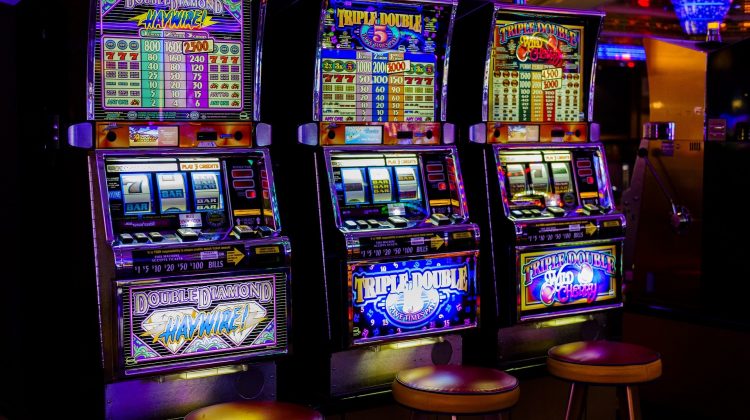
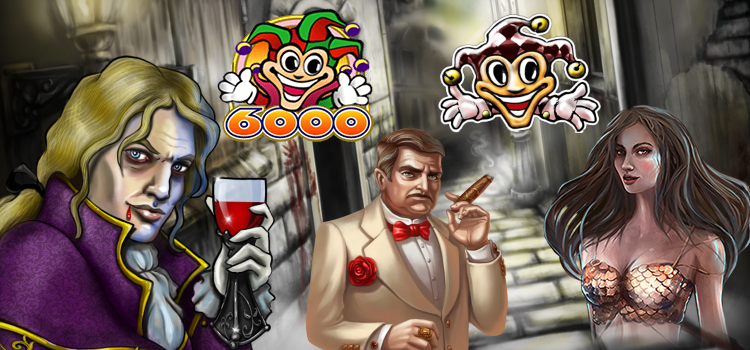



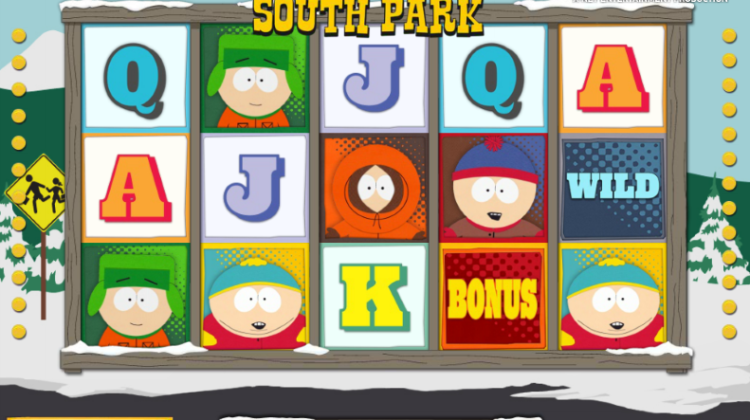

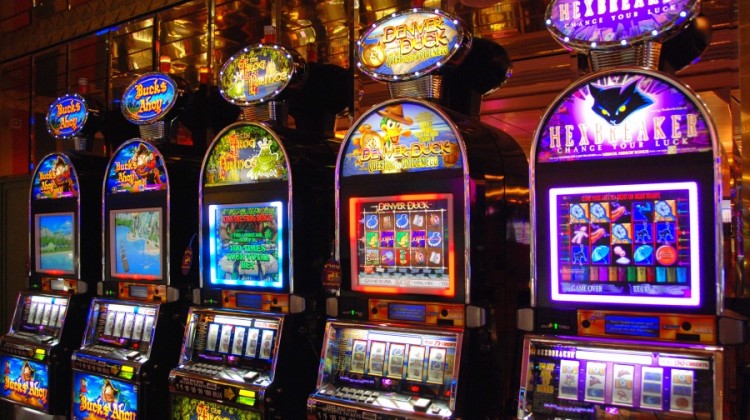
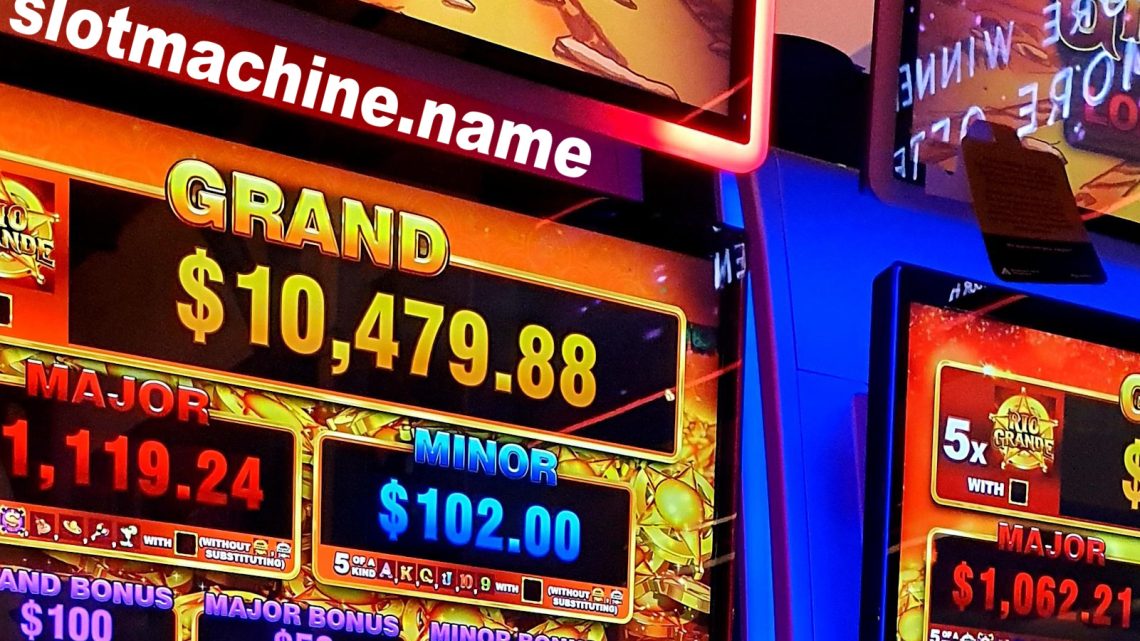

No Comment